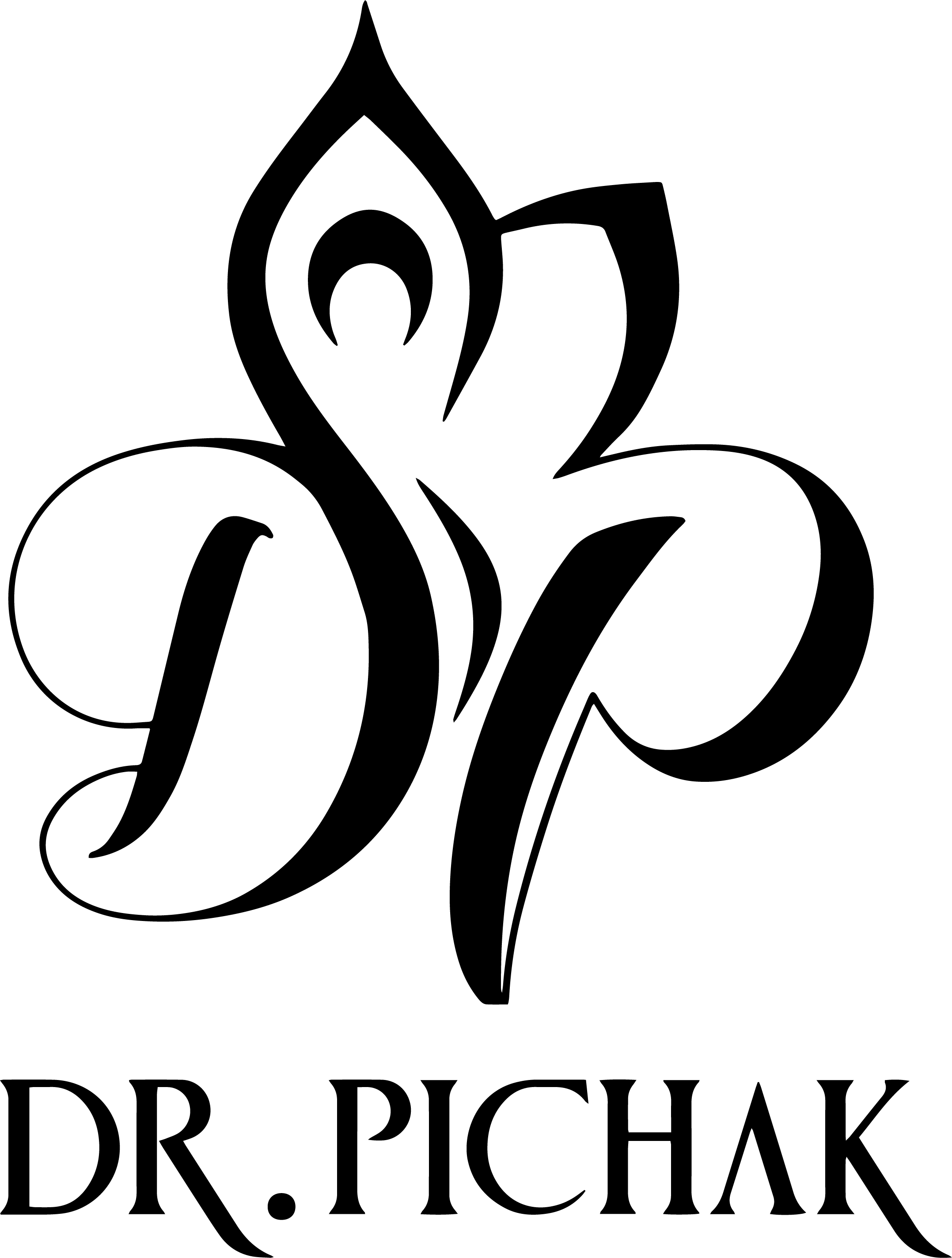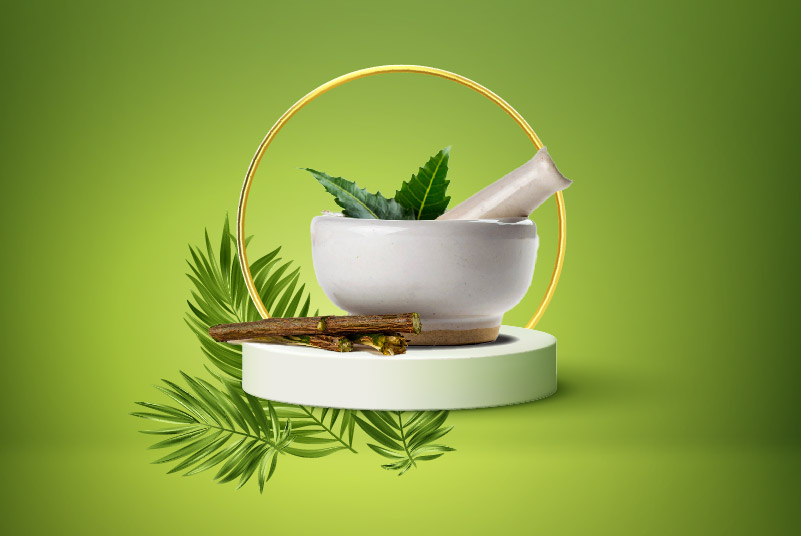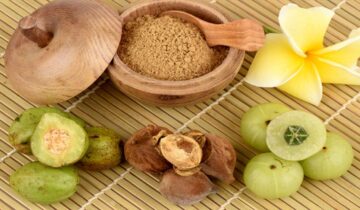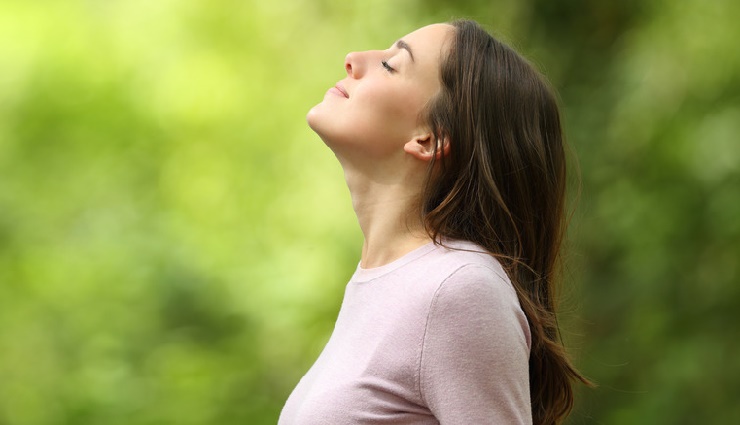AYURVEDIC LIFE REGIMENS: YOUR KEY TO COMPLETE WELL-BEING
In the following article we will examine the different levels that we consider for optimal well-being in Yoga and Ayurveda. Note Dr. Frawley’s classic book Ayurvedic Healing: A Comprehensive Guide for more information.
Sattvic Living
All human beings should first follow a sattvic or pure life‑style that gives peace and clarity of mind. The remedial measures in Ayurveda are generally of a sattvic (harmonious) nature.
Physical purity includes pure diet, with raw or freshly cooked vegetarian food, pure air and water, proper exercise of a calming nature, as well as physical cleanliness.
Purity of mind includes truthfulness, honesty, humility, equanimity, non‑violence, friendliness and compassion to all beings. Emotional impurities like anger, hatred, pride, lust and fear are given up; gossip and worry are to be set aside. These are the main bad mental habits that destroy the natural clarity and equipoise of mind.
Purity of life‑style includes right livelihood (an occupation that does not bring harm to others), pleasant speech, harmonious or pleasant environment, and avoidance of distraction, noise and all violent or degrading forms of entertainment.
Sattvic life‑style includes devotion to the Divine or to truth, compassion, service to humanity, study of spiritual teachings, reverence for spiritual teachers, and the practice of yoga and meditation.
Purity itself, however, should not become a fault through self‑righteousness, hypersensitivity or fanaticism. Good humor and moderation should always be maintained. Natural harmony and adaptability are what is necessary, not the imposition of an artificial standard.
In addition one must always be careful to following the guidelines for one’s Ayurvedic doshic type as Vata (air), Pitta (fire), Kapha (water).
Diet and Herbs
Diet is the most important long‑term physical remedial measure. Its effects take time to manifest, often one to six months, but are enduring. As a remedial measure it is constant, though requiring modification for season, age or specific diseases. Our physical body is composed of food; we cannot expect its condition to change without changing our diet. Ayurvedic doshic diets are essential here, particularly for Vata dosha, whose main treatment is often a more nutritive diet.
Herbs are like subtle foods. They can be taken in small or large doses. Large doses (more than one ounce of herbs per day) should usually not be taken without special study or professional guidance. In small doses herbs are like strong food supplements; and they can and should be taken on a regular basis by almost everyone. They are part of our necessary food articles and provide subtle nutrition. Right nutrition is not only taking our daily bread but also taking our daily herbs. There are special daily herbs for the different Ayurvedic types.
Oils and Massage
Massage and external application of oils are necessary for most of us on a regular basis. This may be no more than applying a common oil, such as sesame, to the feet or head twice a week. Therapeutic touch communicates to our body and breaks stagnation along its surface. Oil massage nourishes the heart and calms the mind. It gives elasticity to the muscles and ligaments and strengthens the bones. Oil massage or abhyanga is an integral part of Ayurvedic treatment and Ayurvedic life-style.
Essential oils and fragrances are also an important part of life. They open the mind and heart and purify the air and aura. Incense works along the same lines. It aids in purification and helps create an atmosphere receptive to the Divine powers.
Colors and Gems
The right use of colors has a harmonizing effect on the mind and emotions through the senses. Our impressions feed the mind and affect the doshas.
Gems help balance the aura and harmonize the cosmic influences projected upon us through the stars. They are not merely for ornamentation but offer an additional method of attunement with the subtle energies of life. It is helpful to wear or use gemstones that help balance one’s physical and mental nature. This is shown through astrology and Ayurveda, with the birth chart being the dominant factor.
Life‑style and Behavioral Medicine
Life‑style is probably the most important factor in physical and mental health. Right life‑style does not mean suppressing our nature, but bringing out its deeper powers. In Ayurveda, this includes not suppressing our natural urges like eating, sleeping, sex, elimination, urination, sneezing, weeping, coughing, or yawning.
Life‑style considerations for everyone involve such physical factors as right amount of rest, sufficient exercise, right exposure to sun, heat or cold, and a pleasant and natural environment. The mental factors and ethical attitudes of right life‑style are the principles of sattvic living. Such factors as right relationship and right attitudes are included here, as well as right livelihood.
Yet our behavior overall, particularly our relationships, has an important bearing on our physical and psychological well-being.
Yoga and Meditation
Yoga and meditation relate to the spiritual aspect of life. According to Ayurveda the soul is the source of life and health. We must live according to the purpose of our soul in order to have peace and well‑being. Disease generally indicates that we have lost contact with our soul and its creative force.
Each of us should perform some daily yoga and meditation. This may include yoga postures, breathing exercises, mantra and visualization, as well as meditation practices aimed at silencing the mind. Without this our life has no real center around which the other practices of right living can be organized.
It should be noted that although Ayurveda includes different remedial measures as part of the system of Vedic science, all are not specific to it. Gem therapy is more appropriately part of Vedic astrology. Yoga therapy is a branch of treatment in itself, including a more specific use of asanas, pranayama and mantra. It is important to consult practitioners of these other systems for a more detailed guidance on these subjects.
Spiritual methods vary more according to differences of culture and individual temperament than do physical health measures. The mind is not as defined an entity as the physical body and requires greater flexibility in its treatment. These are general guidelines to be adapted with intelligence and consciousness. This is mainly the field of Vedanta and the path of Self-knowledge.
In addition, the doshas do not comprehend all aspects of our nature, which are not simply physical or health based. It is not necessary to stereotype oneself according to one’s dosha. All that is required is to prevent the problems that arise from not compensating for it. The doshas are guidelines for tuning into our unique nature, but the full attunement is ultimately an individual affair.
Classical Remedial Measures for the Doshas from Ayurvedic Texts
- Vata dosha is treated by application of oils, mild sweating and purification methods; by sweet, sour, salty and warm food freely taken, and by warm oil massage; by staying indoors, by firm guidance, by anointing the eyes; by warm oil enemas, by moderate cleansing enemas, by comfortable living with a sense of security; by medicines that stimulate the digestive fire like ginger, black pepper and cinnamon, by tonic herbs like ashwagandha and bala taken as foods or with milk and ghee, by adequate rest and deep sleep.
- Pitta dosha is treated with the ingestion of ghee (clarified butter), by purgation with sweet and cold herbs; by sweet, bitter and astringent foods and herbs; by application of cool, delightful and fragrant essential oils; by frequently anointing the head with sandalwood and vetivert oils; by relaxing in the moonlight, by beautiful songs, by a cool wind; by friends, by a devoted son or daughter; by happy relationships; by ponds with cool water, by houses with large gardens; especially by loving emotions; and by milk and ghee as laxatives.
- Kapha is treated by emetic and purgation methods according to the rules; by food that is dry, little in quantity, sharp, hot and pungent, bitter and astringent in taste in smaller quantities; by sexual enjoyment, by staying up at night; by all kinds of exercise, by mental activity, by dry or strong massage; by fasting; by sweating therapies, by smoking of herbs and, generally, by taking pleasure in physical hardship.
The Ayurvedic methods traditionally used to balance the doshas are complex. They are not our modern “take this pill and come back in a week,” but consider all aspects of life. It is important not only what we do but how we do it. We may take the right remedies, but if we take them with the wrong attitude they cannot be expected to work. Some require clinical application like certain massage, oil, emetic and purgative methods. Most include our daily diet, behavior and attitudes.
- Vata people tend to do things hastily, irregularly or erratically – must develop peace, steadiness, stillness, consistency.
- Pitta people tend to be fanatical or forceful and may apply things in a rigid or authoritarian manner – need to be gentle, kind and patient.
- Kapha types are slow or conservative in what they do, become attached and are slow to change – need to challenge themselves, be dynamic, seek out the new,
All that we implement to balance our constitution should be based on an attitude that also compensates for it. It is not simply what we do but the manner and attitude in which we do it.






